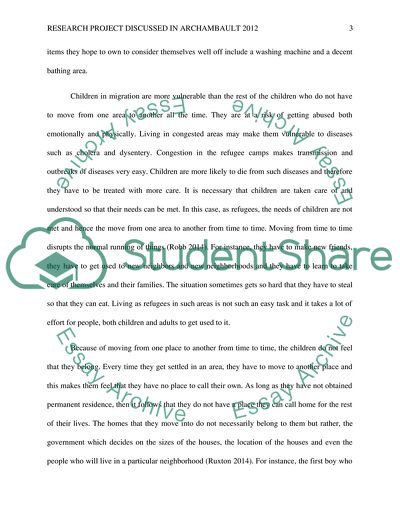Cite this document
(“Design and critically evaluate an appropriate dissemination strategy Essay”, n.d.)
Retrieved from https://studentshare.org/education/1653468-design-and-critically-evaluate-an-appropriate-dissemination-strategy-for-the-research-project-discussed-in-archambault-2012
Retrieved from https://studentshare.org/education/1653468-design-and-critically-evaluate-an-appropriate-dissemination-strategy-for-the-research-project-discussed-in-archambault-2012
(Design and Critically Evaluate an Appropriate Dissemination Strategy Essay)
https://studentshare.org/education/1653468-design-and-critically-evaluate-an-appropriate-dissemination-strategy-for-the-research-project-discussed-in-archambault-2012.
https://studentshare.org/education/1653468-design-and-critically-evaluate-an-appropriate-dissemination-strategy-for-the-research-project-discussed-in-archambault-2012.
“Design and Critically Evaluate an Appropriate Dissemination Strategy Essay”, n.d. https://studentshare.org/education/1653468-design-and-critically-evaluate-an-appropriate-dissemination-strategy-for-the-research-project-discussed-in-archambault-2012.


